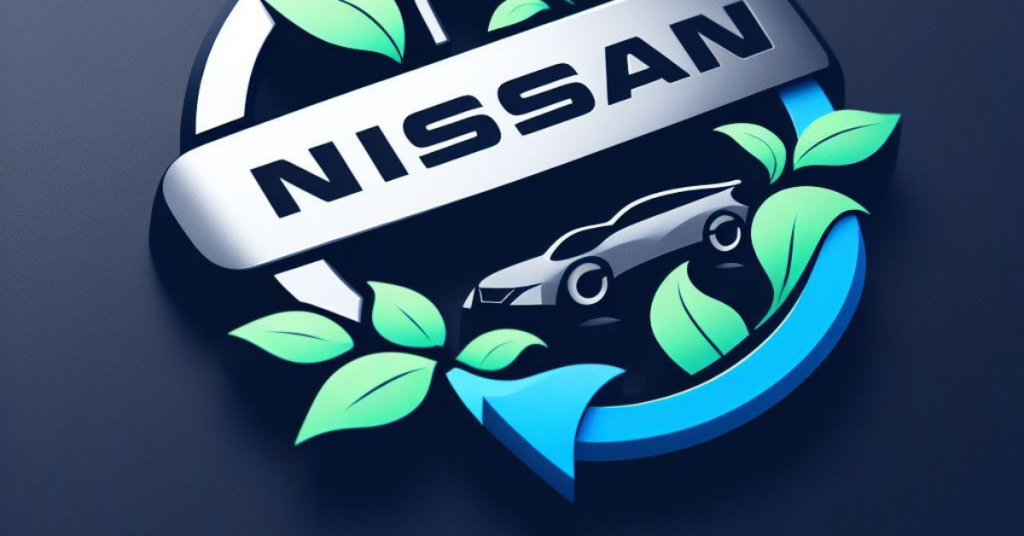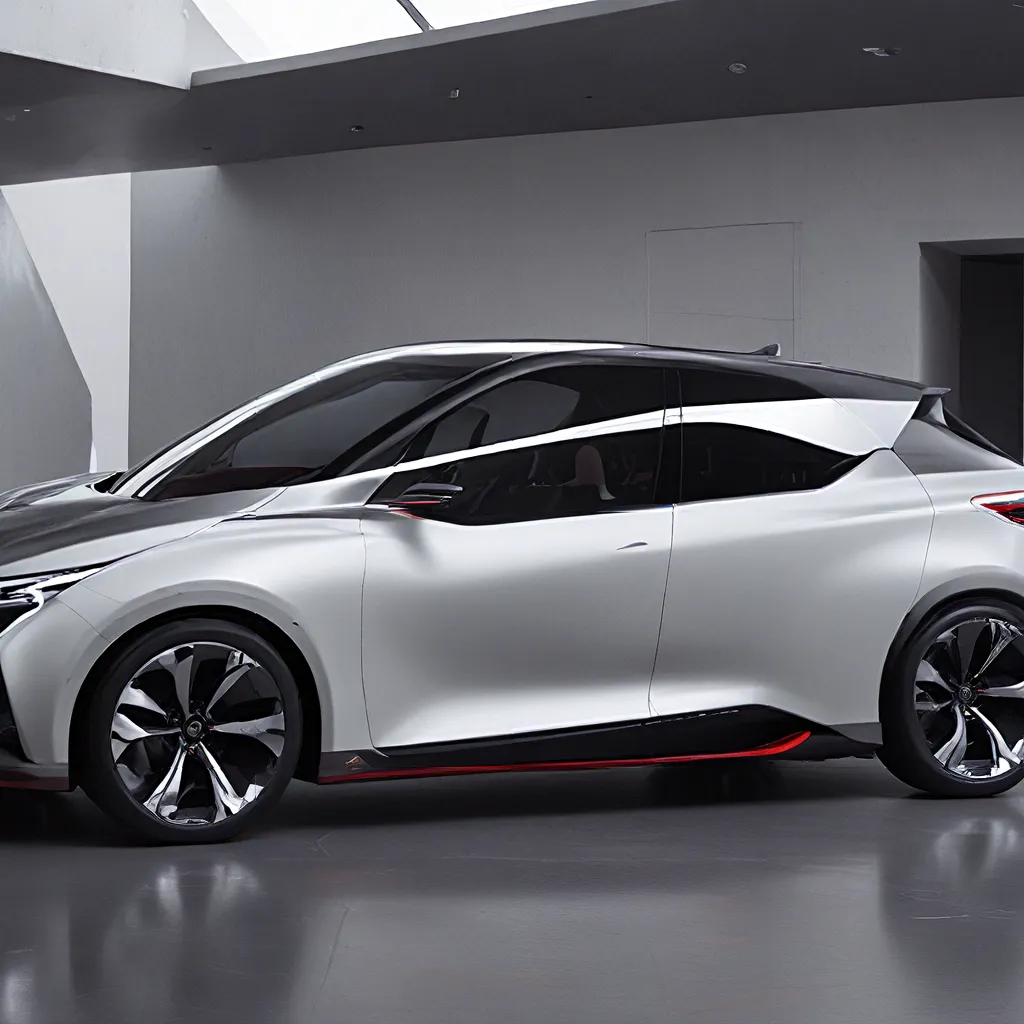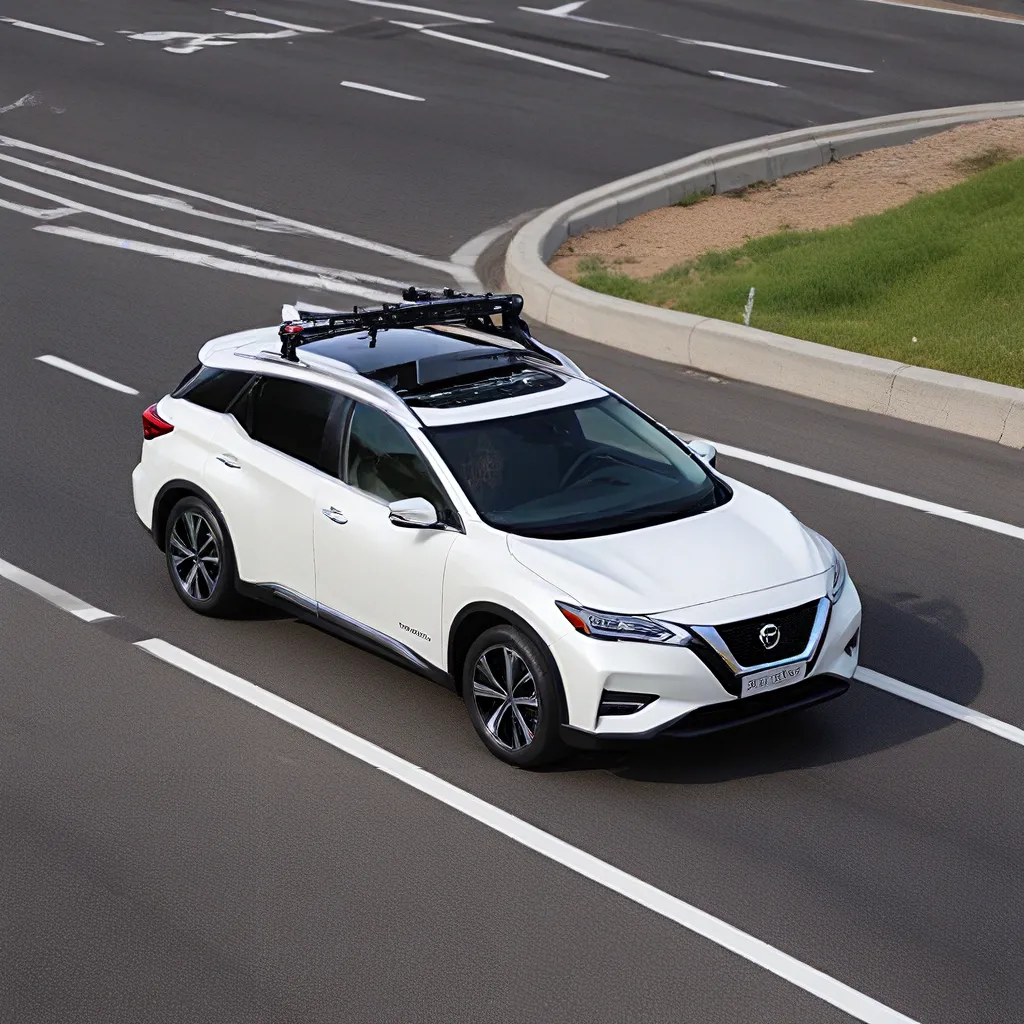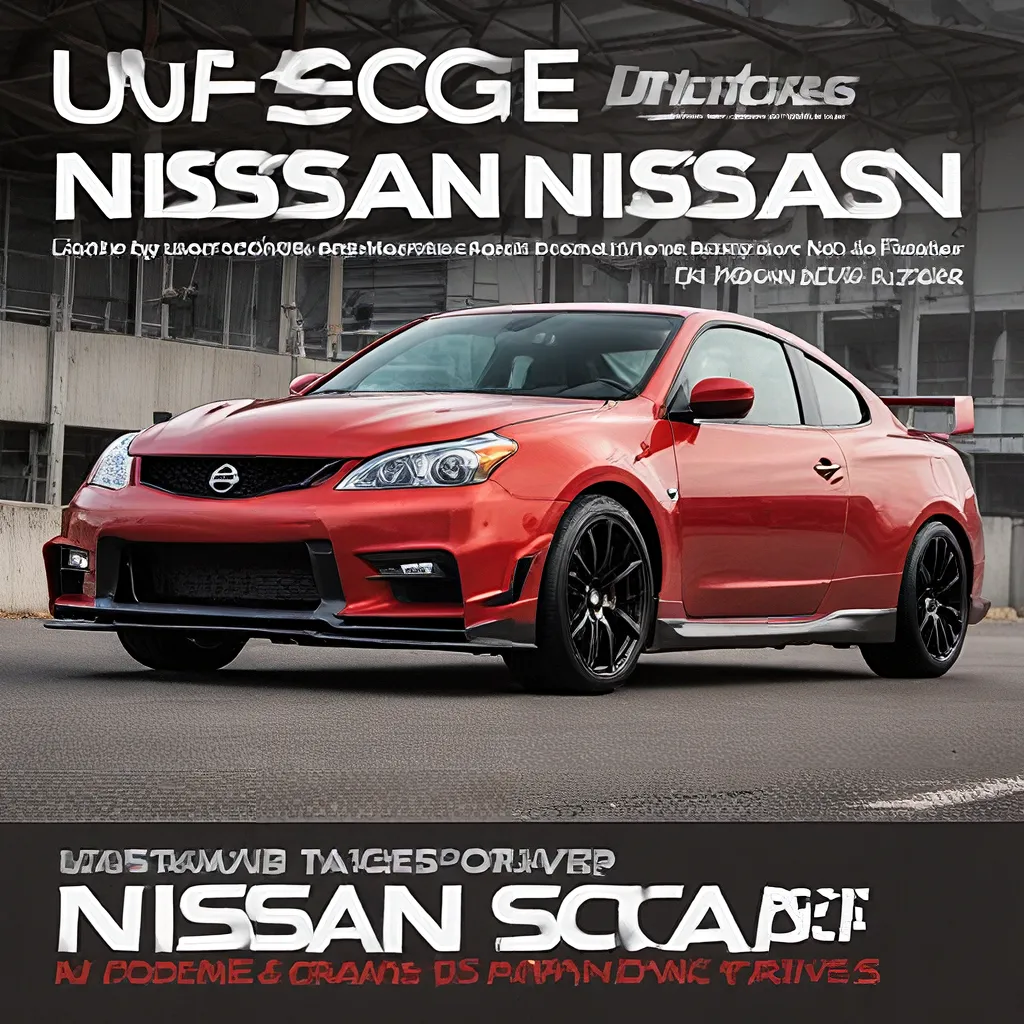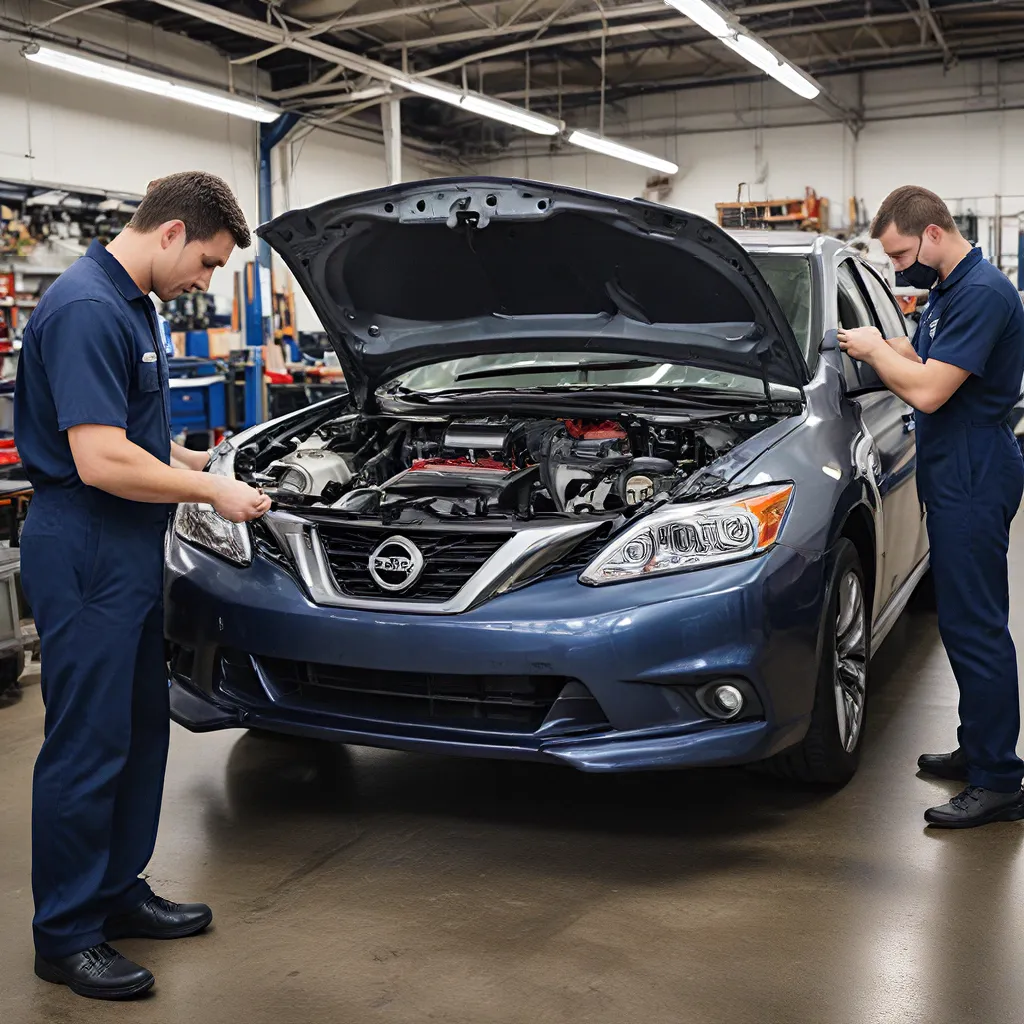
Navigating the Shifting Landscape of Nissan Repairs and Parts Costs
The Cacophony of Catalytic Converter Theft
Ah, the joys of car ownership – the open road, the wind in your hair, and the occasional symphony of a clanking muffler. Wait, what’s that you say? Your Nissan’s catalytic converter has been stolen? Yikes! Well, join the club, my friend. Theft of these precious metal-filled components has been skyrocketing, and it’s enough to make any Nissan owner’s head spin.
According to the National Insurance Crime Bureau (NICB), the number of catalytic converter thefts has nearly quadrupled since 2020, with a staggering 64,701 reported incidents in 2022 alone. And the kicker? These thieves can fetch up to $800 for a single hybrid converter! It’s enough to make you want to weld your car to the ground.
But fear not, fellow Nissan enthusiasts. The industry is fighting back, with lawmakers and law enforcement taking action to curb this epidemic. Some savvy vehicle owners are even etching their VIN numbers onto their catalytic converters or painting them with bright, high-heat paint – a sort of automotive version of “You break it, you buy it.” And one major insurance carrier has reported a 38% decline in catalytic converter thefts in 2023, though the true extent of the problem remains to be seen.
The Ripple Effect of Supply Chain Disruptions
As if catalytic converter theft wasn’t enough to keep Nissan owners up at night, the industry has also been grappling with the fallout from the recent United Auto Workers (UAW) strikes. Yep, those pesky labor disputes have a way of worming their way into our wallets, don’t they?
According to the data, the strikes have resulted in a staggering $104 billion in economic losses, with suppliers bearing the brunt of the impact – a whopping $33 billion, to be exact. And with more than 3,400 supplier workers laid off, it’s no wonder the ripple effects have been felt throughout the industry.
But the story doesn’t end there, my friends. The strikes have also highlighted the critical role of suppliers in the automotive ecosystem, accounting for a staggering 900,000 jobs – six times the number of UAW workers at the Big Three automakers. It’s a sobering reminder that a resilient supply chain is the lifeblood of the industry, and one that can’t be taken for granted.
The Age-Old Issue of Repair Costs
Now, let’s talk about the elephant in the room – the ever-increasing cost of Nissan repairs and parts. It’s enough to make your wallet cry uncle! According to the data from CCC Intelligent Solutions, the average total cost of repairs (TCOR) has seen a modest increase of 4.6% in 2023, following the double-digit hikes of 10.2% and 12.4% in 2021 and 2022, respectively.
But here’s the kicker: while labor costs have been the primary driver of these increases, parts costs have remained relatively flat. Huh, go figure. And it’s not just the cost of repairs that’s a concern – the aging vehicle pool is also playing a role in the equation.
You see, as the average age of light vehicles has climbed to 12.5 years, the share of vehicles seven years or older in the repairable claims pool has increased from 35.5% in 2018 to 44.8% in 2023. And guess what? Those older vehicles have a TCOR that’s nearly $1,700 less than their younger counterparts. Talk about a silver lining, am I right?
But don’t get too comfortable, folks. As new vehicle sales continue to rebound, that age mix is bound to shift, and the average TCOR could balloon even further. In fact, if the vehicle age mix had remained consistent with 2018 levels, the average TCOR would currently be a whopping 4.6% higher than it is now. Yikes, talk about a ticking time bomb!
Adapting to the Changing Landscape
So, what’s a Nissan owner to do in the face of all these challenges? Well, my friends, it’s time to put on our thinking caps and get creative.
First and foremost, we need to be vigilant when it comes to protecting our vehicles. That means parking in well-lit areas, investing in VIN-etched catalytic converters, and considering high-heat paint to deter would-be thieves. Heck, maybe we should all start carrying around “Hands off my converter!” signs, just to be safe.
And when it comes to repairs and parts costs, it’s all about staying informed and keeping a sharp eye on the market. Visit the Nissan website regularly to stay up-to-date on the latest industry trends and maintenance tips. After all, knowledge is power, and the more we know, the better we can navigate these shifting sands.
But perhaps most importantly, we need to embrace the idea of adaptability. As the automotive landscape continues to evolve, we’ll need to be nimble, innovative, and open to new solutions. Who knows, maybe one day we’ll all be driving Nissan hovercrafts, immune to the woes of earthbound transportation.
So, let’s raise a (metaphorical) toast to the brave Nissan owners out there, navigating the ever-changing terrain of repairs and parts costs. With a little bit of luck, a whole lot of grit, and a healthy dose of humor, we’ll come out on top. After all, what’s a little catalytic converter theft between friends, right?
